One aspect that stands out prominently in Chinese architecture is the use of stone facades. These majestic and visually striking surfaces have become an emblematic feature of numerous buildings across the country. In this article, we delve into the world of stone facades in China, examining their history, popularity, and the factors driving their widespread adoption. 1. A Rich Cultural Heritage: China boasts a long and illustrious history of using stones as a building material. Traditional Chinese architecture frequently utilizes stone as a statement of durability, elegance, and grandeur. The intricate carvings, smooth surfaces, and intricate details seen in historical stone buildings have greatly influenced contemporary stone facade designs.

.
 2. Modern Interpretations: With the rapid urbanization and modernization of China, architects and designers have seamlessly integrated traditional elements with contemporary aesthetics. This blending has led to the development of unique stone facade designs that combine traditional craftsmanship with modern techniques and materials. 3. Tailoring to Regional Aesthetics: China is a vast country with diverse landscapes, climates, and architectural styles. Stone facades allow architects to adapt the design according to the region-specific factors. For instance, in mountainous areas, rough-cut stones may be utilized to mimic the surrounding natural environment, while smooth-cut stones can be employed in urban settings for a sleek, sophisticated appearance.
2. Modern Interpretations: With the rapid urbanization and modernization of China, architects and designers have seamlessly integrated traditional elements with contemporary aesthetics. This blending has led to the development of unique stone facade designs that combine traditional craftsmanship with modern techniques and materials. 3. Tailoring to Regional Aesthetics: China is a vast country with diverse landscapes, climates, and architectural styles. Stone facades allow architects to adapt the design according to the region-specific factors. For instance, in mountainous areas, rough-cut stones may be utilized to mimic the surrounding natural environment, while smooth-cut stones can be employed in urban settings for a sleek, sophisticated appearance.
..
 4. Extensive use in Commercial Buildings: Stone facades have become increasingly popular in commercial buildings. Shopping malls, hotels, and office complexes in China often feature impressive stone facades as a way to establish a powerful and prestigious image. These facades not only attract attention but also provide a sense of permanence and stability for businesses and investors. 5. Embracing Sustainability: China’s commitment to sustainable building practices has prompted a growing emphasis on the use of eco-friendly materials. Natural stones used for facades are non-toxic, recyclable, and energy-efficient, making them an environmentally conscious choice. Additionally, stone facades provide excellent insulation, reducing energy consumption and enhancing thermal efficiency. 6. Technological Advancements: In recent years, cutting-edge technologies such as 3D printing and digital modeling have been harnessed to create intricate stone facades. These advancements have revolutionized the stone fabrication process, enabling architects to push the boundaries of design possibilities while maintaining precise detailing and quality.
4. Extensive use in Commercial Buildings: Stone facades have become increasingly popular in commercial buildings. Shopping malls, hotels, and office complexes in China often feature impressive stone facades as a way to establish a powerful and prestigious image. These facades not only attract attention but also provide a sense of permanence and stability for businesses and investors. 5. Embracing Sustainability: China’s commitment to sustainable building practices has prompted a growing emphasis on the use of eco-friendly materials. Natural stones used for facades are non-toxic, recyclable, and energy-efficient, making them an environmentally conscious choice. Additionally, stone facades provide excellent insulation, reducing energy consumption and enhancing thermal efficiency. 6. Technological Advancements: In recent years, cutting-edge technologies such as 3D printing and digital modeling have been harnessed to create intricate stone facades. These advancements have revolutionized the stone fabrication process, enabling architects to push the boundaries of design possibilities while maintaining precise detailing and quality.
…
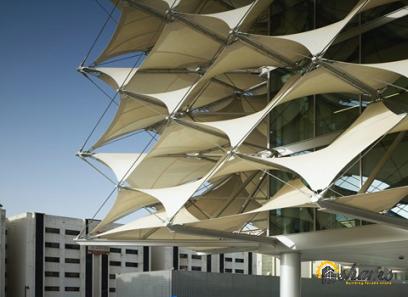 7. International Influence: The popularity of stone facades in China has not gone unnoticed by the global architectural community. Chinese architects and designers have won international acclaim for their innovative use of stone as a building material. This recognition has further propelled the trend of incorporating stone facades into projects worldwide. Conclusion: China’s embrace of stone facades is a testament to its rich architectural heritage blending harmoniously with modern building practices. With a keen eye for aesthetics, sustainability, and technological advancements, the stone facades in China are poised to continue captivating audiences both domestically and internationally. As the country pushes the boundaries of architectural design, we can expect to witness even more awe-inspiring stone facades gracing skylines across China and beyond.
7. International Influence: The popularity of stone facades in China has not gone unnoticed by the global architectural community. Chinese architects and designers have won international acclaim for their innovative use of stone as a building material. This recognition has further propelled the trend of incorporating stone facades into projects worldwide. Conclusion: China’s embrace of stone facades is a testament to its rich architectural heritage blending harmoniously with modern building practices. With a keen eye for aesthetics, sustainability, and technological advancements, the stone facades in China are poised to continue captivating audiences both domestically and internationally. As the country pushes the boundaries of architectural design, we can expect to witness even more awe-inspiring stone facades gracing skylines across China and beyond.

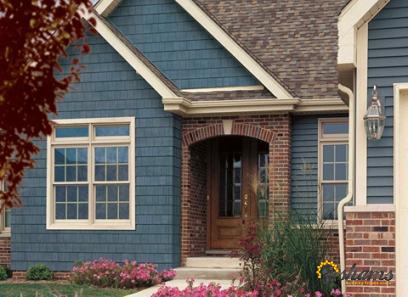

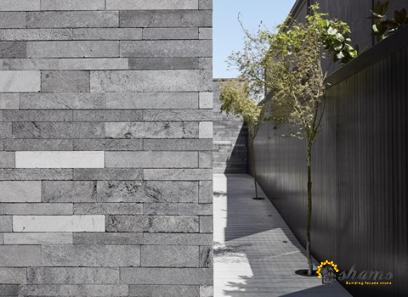
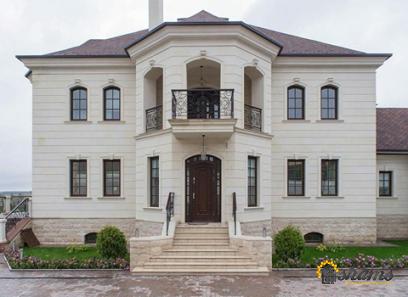
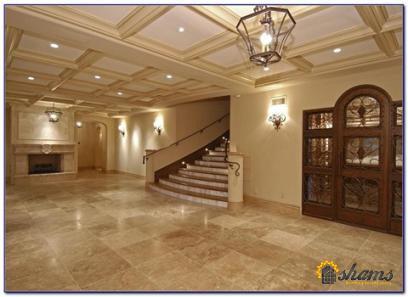

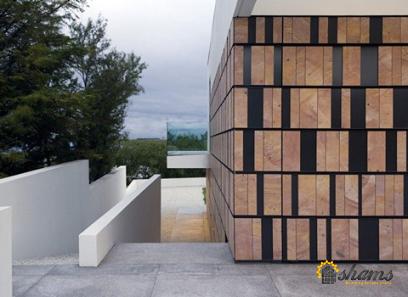
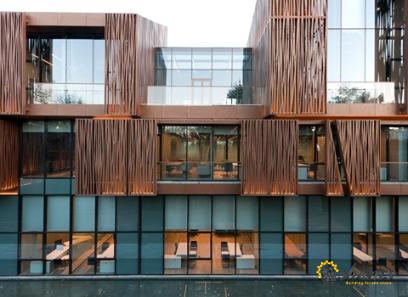
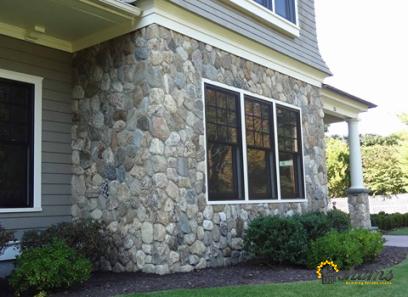

Your comment submitted.